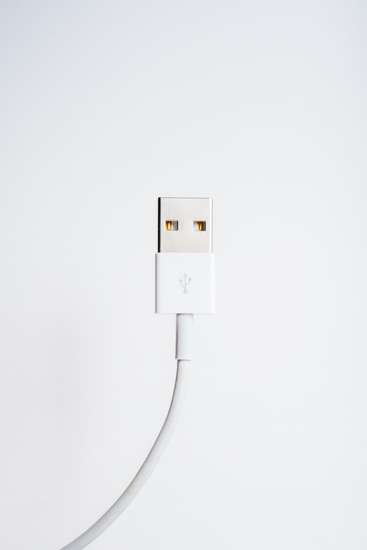
Creating the perfect shade of white can be a painstaking process for paper, textile, and plastic manufacturers. Image Source: Unsplash user Celia Michon
White may appear to be the most simple of hues. It is the color of wedding gowns and unpainted canvases, lab coats, and freshly fallen snow, suggesting cleanliness, freshness, and purity. It’s a blank slate, a new start, an untainted surface. However, producers of products like paper, textiles, and plastics know that whiteness can be complicated, requiring precise manufacturing in order to obtain the ideal shade. From the selection of raw materials to the monitoring of processing methods, creating the perfect white is often an exacting endeavor.
Across industries, whiteness indices are an invaluable part of determining what that perfect white is and ensuring that it is consistently produced. However, as modern manufacturers increasingly turn to optical brighteners to enhance their products, the accuracy of standard spectrophotometric whiteness assessment may be compromised. Choosing sophisticated color measurement instruments and methods that can account for the effects of optical brighteners in paper, textiles, and plastics is essential to capturing accurate, meaningful data.

Modern whiteness indices seek to create standards of whiteness based on how humans perceive it. Image Source: Unsplash user Adam Birkett



